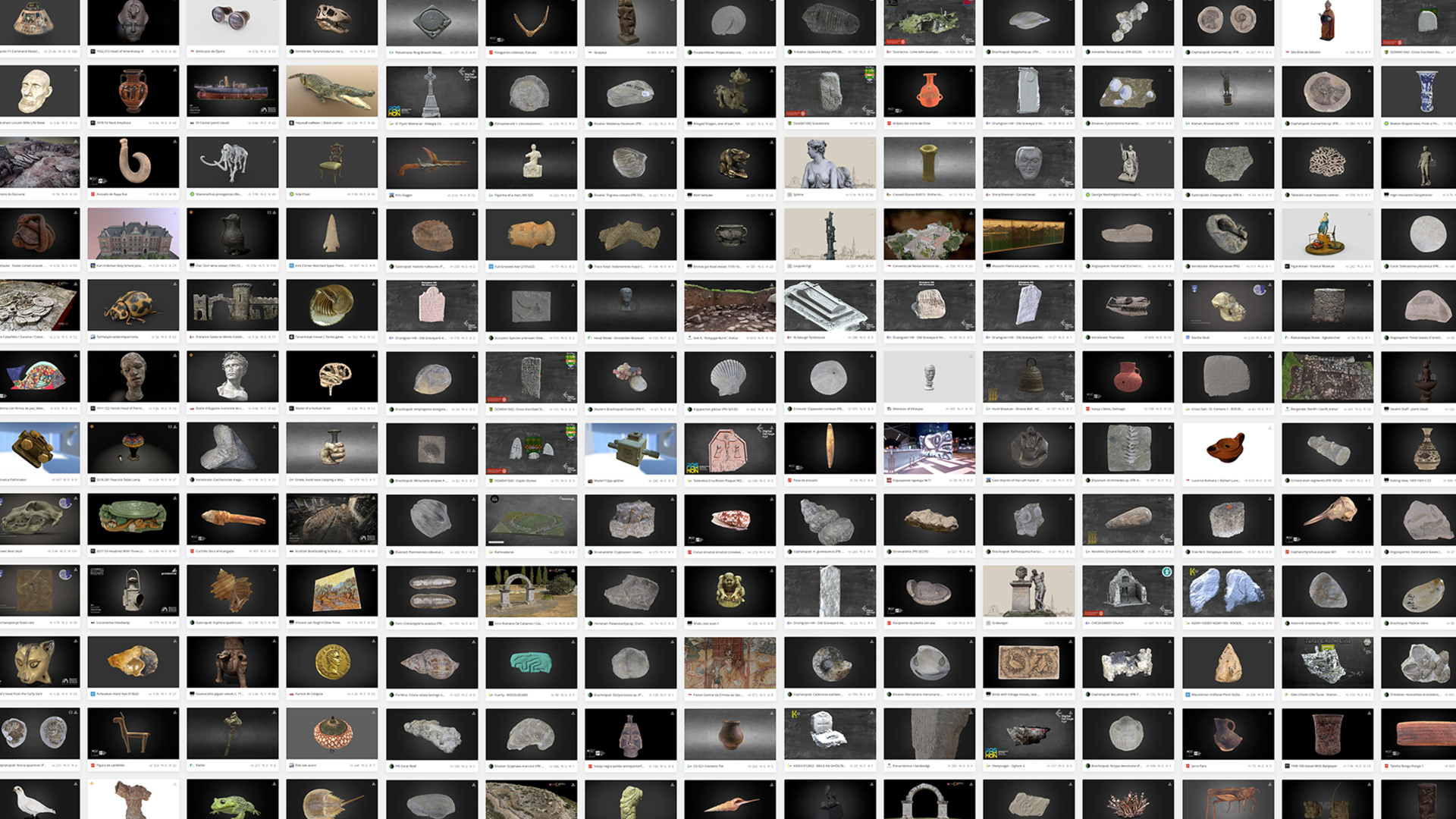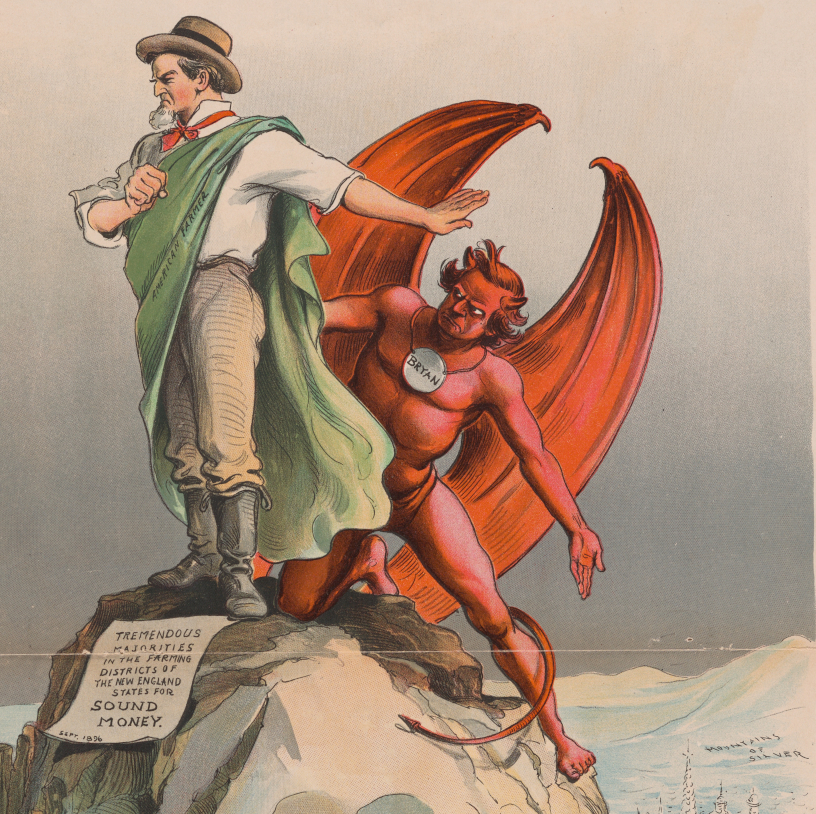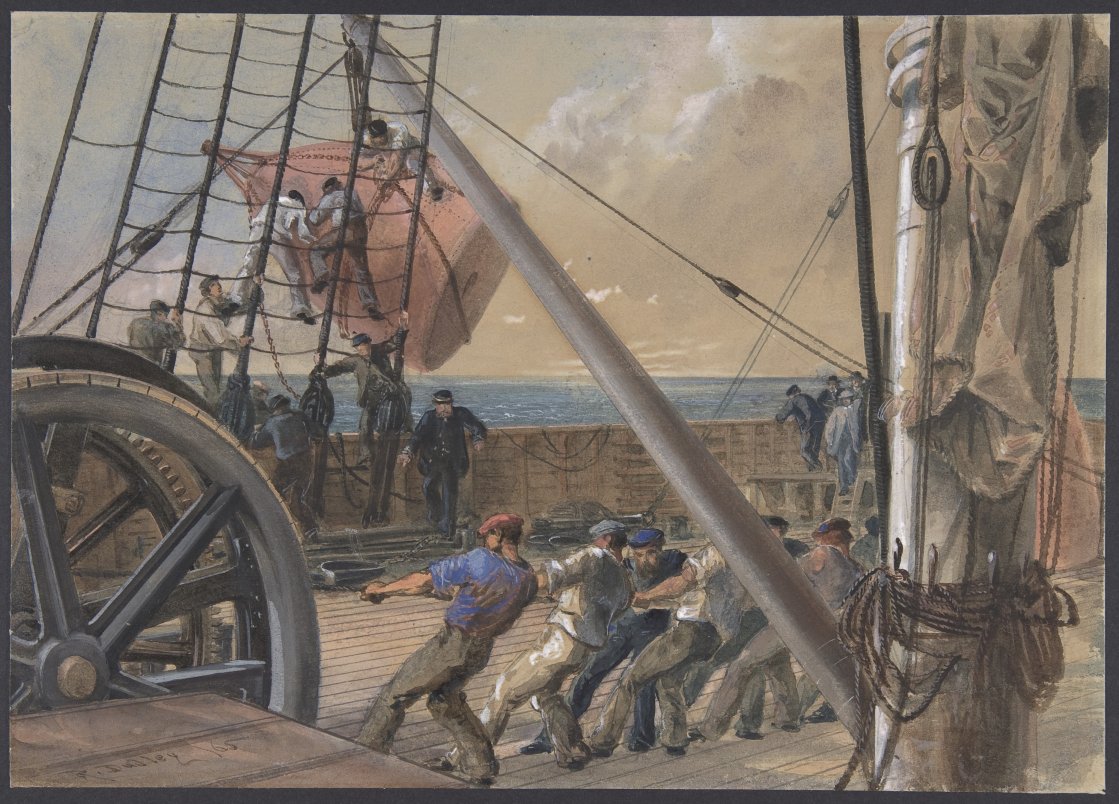This post originally appeared on the Engelberg Center blog.
Read More...Why Glam3D.org is a Website, not a PDF
This post originally appeared on the Engelberg Center blog.
Read More...The Good Actor/Bad Actor Approaches to Licensing
All things being equal, do you want to make it easy for good actors to be good or to be able to punish bad actors for being bad?
Read More...(the lack of) Official Guidance and the Maker Response to Covid-19
There have been a fantastically large number of maker and open source hardware responses to the Covid-19 virus. These responses are largely focused on developing stopgap solutions to shortages of medical supplies critical to fighting the outbreak. While there will be a number of lessons to be learned from studying this movement, I want to flag one in this post: the (unexpectedly?) important role that authorities should play in channeling maker energy in important directions. Unfortunately, that role’s importance is becoming clear because authorities have been slow to play it.
Read More...New CERN Open Source Hardware Licenses Mark A Major Step Forward
Earlier this month CERN (yes, that CERN) announced version 2.0 of their open hardware licenses (announcement and additional context from them). Version 2.0 of the license comes in three flavors of permissiveness and marks a major step forward in open source hardware (OSHW) licensing. It is the result of seven (!) years of work by a team lead by Myriam Ayass, Andrew Katz, and Javier Serrano. Before getting to what these licenses are doing, this post will provide some background on why open source hardware licensing is so complicated in the first place.
Read More...


